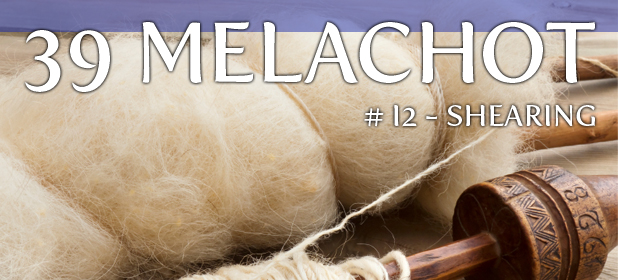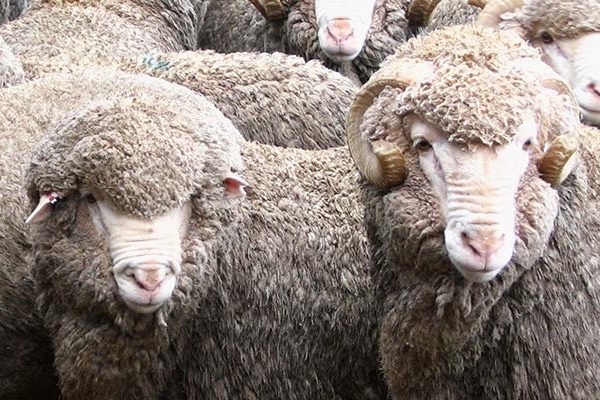The first eleven melachot were agricultural in nature, relating to the production of dyes (and/or the lechem hapanim). The next thirteen melachot were those involved in making the curtains and coverings of the Mishkan. The first step in the production of cloth is gozeiz, shearing the sheep.
 The melacha of gozeiz entails more than just shearing sheep or the analogous act of cutting hair. Removing any part of a human or animal’s body, whether living or dead, would be considered gozeiz. Accordingly, such acts as cutting one’s nails and biting one’s cuticles would be prohibited on Shabbos because of this melacha.
The melacha of gozeiz entails more than just shearing sheep or the analogous act of cutting hair. Removing any part of a human or animal’s body, whether living or dead, would be considered gozeiz. Accordingly, such acts as cutting one’s nails and biting one’s cuticles would be prohibited on Shabbos because of this melacha.
Combing hair is problematic on Shabbos because of the likelihood that some hairs will inevitably be pulled out. Therefore, it is only permitted to brush one’s hair using a brush with widely-spaced bristles, and even then only when there is no reason to expect that hair will be uprooted. One must also exercise caution when removing an adhesive bandage so as to avoid pulling out any hairs.
This is just an introduction to the concepts of the melacha of gozeiz; it is not a substitute for a full study of the halachos.

